Aston Martin owner David Brown's 1947 acquisition of Lagonda made the latter's W O Bentley-designed, twin-overhead-camshaft, 2.6-litre six available for a new sports car. Announced in April 1950, with production commencing the following month, the DB2 owed much to the Claude Hill-designed DB1, using a shortened and modified version of the latter's chassis and identical suspension. Italian-inspired, the timelessly elegant GT bodywork was the creation of Frank Feeley, and with more power (105bhp at 5,000rpm) and less weight, the sleek DB2 comfortably out-performed its predecessor. Writing in 1952, Autosport's John Bolster enthused: 'The DB2 is a very fast sportscar of immense stamina, as a long list of racing successes has proved. (The) model is remarkable for its comfort and luxury, and is also about the easiest thing there is to drive, outside of the "automatic transmission" carriages.' Bolster enjoyed the DB2's outstanding performance, particularly that of the 120mph Vantage version, and remarked on the car's inherent safety and versatility: 'Whether one would go shopping, to the theatre, on a long-distance tour, or even race at Le Mans, one could have no more perfect companion than the Aston Martin.' The body of the DB2 afforded its two occupants a generous amount of interior space and the considerable convenience, from the maintenance and accessibility point of view, of a forward-hinging entire front section. DB2 bodies were coachbuilt in the traditional manner, a situation that resulted in numerous differences between individual examples, most obviously in the treatment of the front grille. A drophead coupé version was announced towards the end of 1950. When production ceased in April 1953, a total of 411 DB2s had been made, 98 of them dropheads. This DB2's accompanying copy build sheet reveals that it was delivered new to the dry state of Texas, USA and first owned by E W Harrison of South Bend. Imported from Texas in 1989, the car was fully restored by marque specialist Timothy Stamper of Penrith, Cumbria circa 1996, since when it has covered only some 1,300 miles. Converted from right- to left-hand drive, the car is finished in blue with grey leather interior and comes with German registration papers and Classic Data report stating that it is in 'Condition 1' (excellent in all respects). Le rachat de Lagonda par le propriétaire d’Aston Martin, David Brown en 1947 mettait à sa disposition le dernier moteur six cylindres à double arbre à cames en tête de 2,6 litres conçu par W. O. Bentley pour équiper sa future sportive. Présentée en avril 1950, avec une production débutant le mois suivant, la DB2 devait beaucoup à la DB1 conçue par Claude Hill, puisqu’elle utilisait une version raccourcie et modifiée de son châssis avec une suspension identique. Sa carrosserie d’inspiration italienne à l’élégance intemporelle était due à Frank Feeley, et avec une puissance accrue (105 cv à 5,000 tr/min) et un poids moindre, la mince DB2 surpassait confortablement sa devancière. En 1952, John Bolster s’enthousiasmait dans Autosport ‘ la DB2 est une sportive rapide très résistante, comme l’ont prouvé de nombreux succès sportifs. Le modèle est également remarquable par son confort et son luxe, et se montre des plus faciles à conduire, à l’exception des voitures à transmission automatique’. Bolster appréciait les performances hors du commun de la DB2, notamment les 190 km/h de la version Vantage et soulignait la sécurité et la versatilité de la voiture. ‘Que ce soit pour faire les magasins, pour aller au théâtre, pour de longs trajets, ou même pour courir au Mans, il sera difficile de trouver une voiture plus parfaite que l’Aston Martin.’ La carrosserie de la DB2 offrait une habitabilité généreuse à ses deux passagers et la fonctionnalité d’un capot qui basculait entièrement vers l’avant pour faciliter l’accès et l’entretien de sa mécanique. La carrosserie de la DB2 était façonnée de manière traditionnelle, une caractéristique qui explique
Aston Martin owner David Brown's 1947 acquisition of Lagonda made the latter's W O Bentley-designed, twin-overhead-camshaft, 2.6-litre six available for a new sports car. Announced in April 1950, with production commencing the following month, the DB2 owed much to the Claude Hill-designed DB1, using a shortened and modified version of the latter's chassis and identical suspension. Italian-inspired, the timelessly elegant GT bodywork was the creation of Frank Feeley, and with more power (105bhp at 5,000rpm) and less weight, the sleek DB2 comfortably out-performed its predecessor. Writing in 1952, Autosport's John Bolster enthused: 'The DB2 is a very fast sportscar of immense stamina, as a long list of racing successes has proved. (The) model is remarkable for its comfort and luxury, and is also about the easiest thing there is to drive, outside of the "automatic transmission" carriages.' Bolster enjoyed the DB2's outstanding performance, particularly that of the 120mph Vantage version, and remarked on the car's inherent safety and versatility: 'Whether one would go shopping, to the theatre, on a long-distance tour, or even race at Le Mans, one could have no more perfect companion than the Aston Martin.' The body of the DB2 afforded its two occupants a generous amount of interior space and the considerable convenience, from the maintenance and accessibility point of view, of a forward-hinging entire front section. DB2 bodies were coachbuilt in the traditional manner, a situation that resulted in numerous differences between individual examples, most obviously in the treatment of the front grille. A drophead coupé version was announced towards the end of 1950. When production ceased in April 1953, a total of 411 DB2s had been made, 98 of them dropheads. This DB2's accompanying copy build sheet reveals that it was delivered new to the dry state of Texas, USA and first owned by E W Harrison of South Bend. Imported from Texas in 1989, the car was fully restored by marque specialist Timothy Stamper of Penrith, Cumbria circa 1996, since when it has covered only some 1,300 miles. Converted from right- to left-hand drive, the car is finished in blue with grey leather interior and comes with German registration papers and Classic Data report stating that it is in 'Condition 1' (excellent in all respects). Le rachat de Lagonda par le propriétaire d’Aston Martin, David Brown en 1947 mettait à sa disposition le dernier moteur six cylindres à double arbre à cames en tête de 2,6 litres conçu par W. O. Bentley pour équiper sa future sportive. Présentée en avril 1950, avec une production débutant le mois suivant, la DB2 devait beaucoup à la DB1 conçue par Claude Hill, puisqu’elle utilisait une version raccourcie et modifiée de son châssis avec une suspension identique. Sa carrosserie d’inspiration italienne à l’élégance intemporelle était due à Frank Feeley, et avec une puissance accrue (105 cv à 5,000 tr/min) et un poids moindre, la mince DB2 surpassait confortablement sa devancière. En 1952, John Bolster s’enthousiasmait dans Autosport ‘ la DB2 est une sportive rapide très résistante, comme l’ont prouvé de nombreux succès sportifs. Le modèle est également remarquable par son confort et son luxe, et se montre des plus faciles à conduire, à l’exception des voitures à transmission automatique’. Bolster appréciait les performances hors du commun de la DB2, notamment les 190 km/h de la version Vantage et soulignait la sécurité et la versatilité de la voiture. ‘Que ce soit pour faire les magasins, pour aller au théâtre, pour de longs trajets, ou même pour courir au Mans, il sera difficile de trouver une voiture plus parfaite que l’Aston Martin.’ La carrosserie de la DB2 offrait une habitabilité généreuse à ses deux passagers et la fonctionnalité d’un capot qui basculait entièrement vers l’avant pour faciliter l’accès et l’entretien de sa mécanique. La carrosserie de la DB2 était façonnée de manière traditionnelle, une caractéristique qui explique
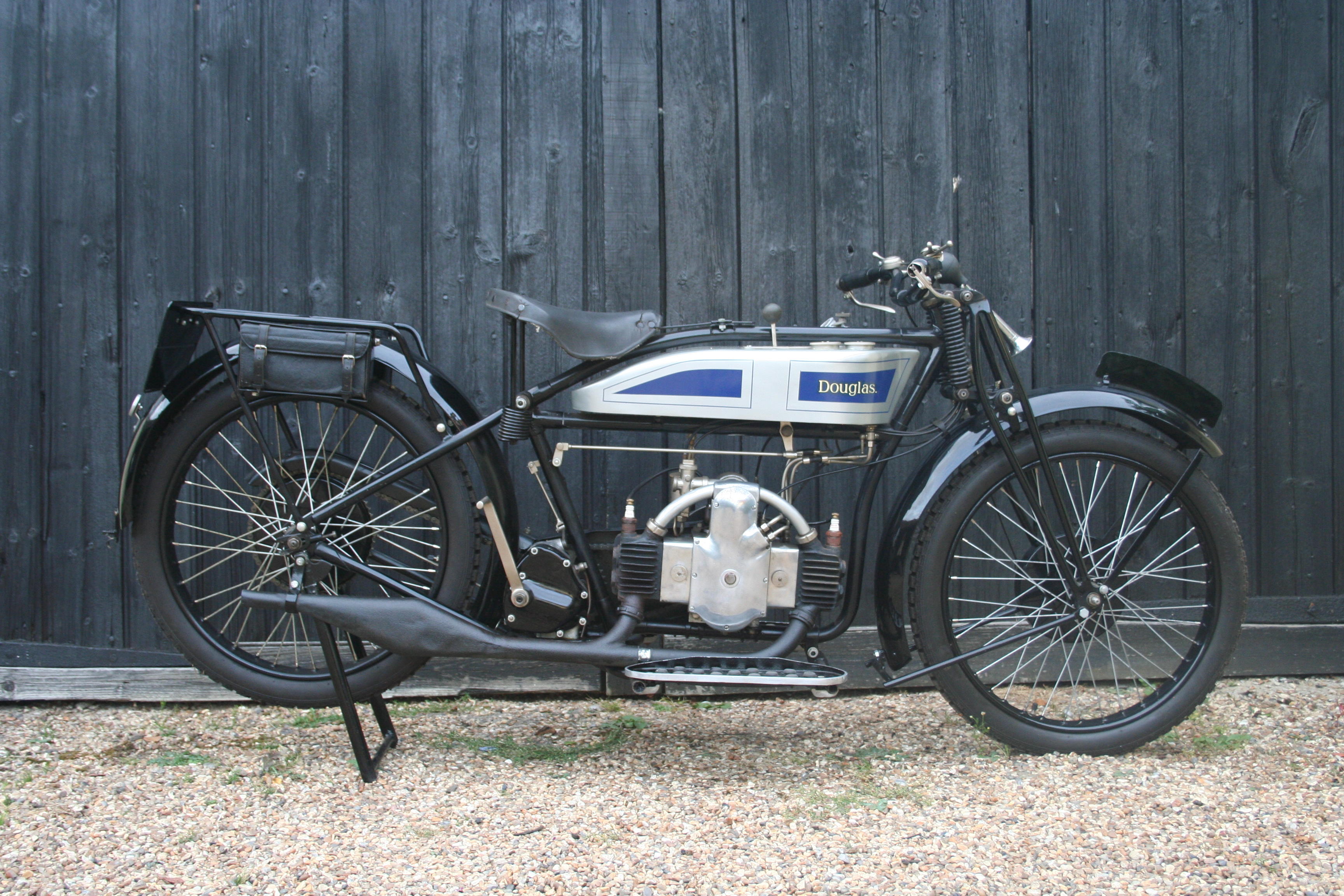
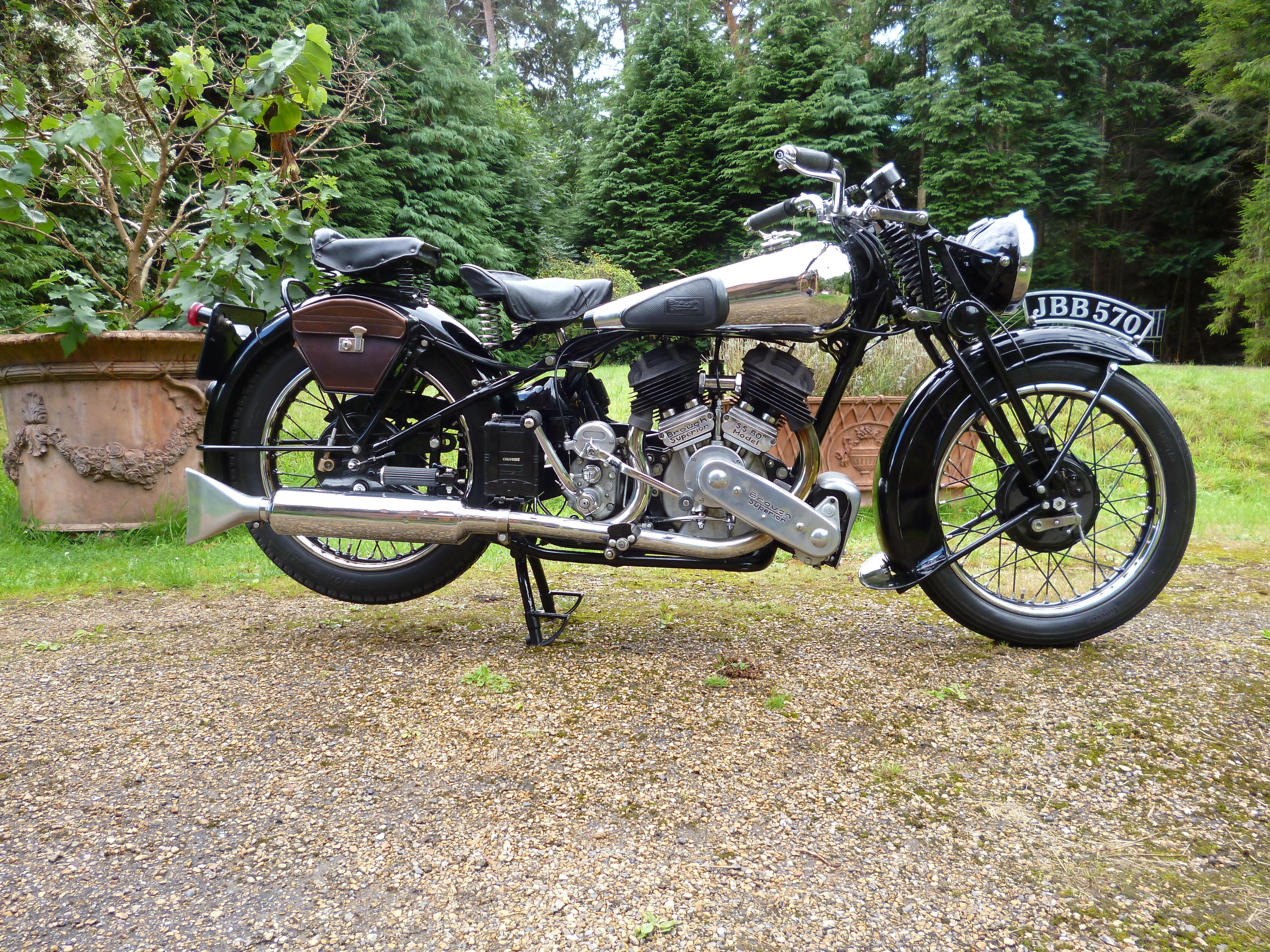
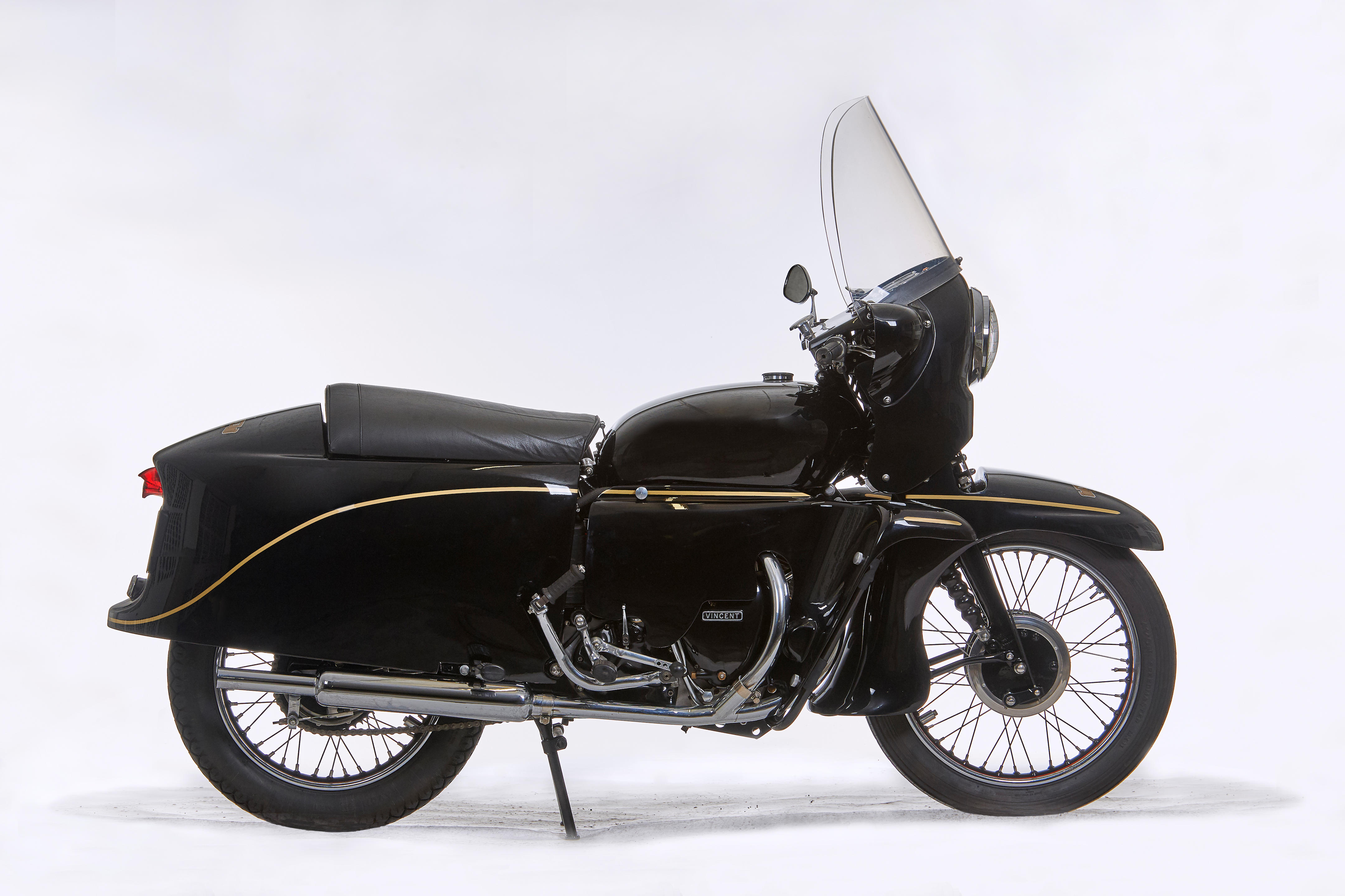
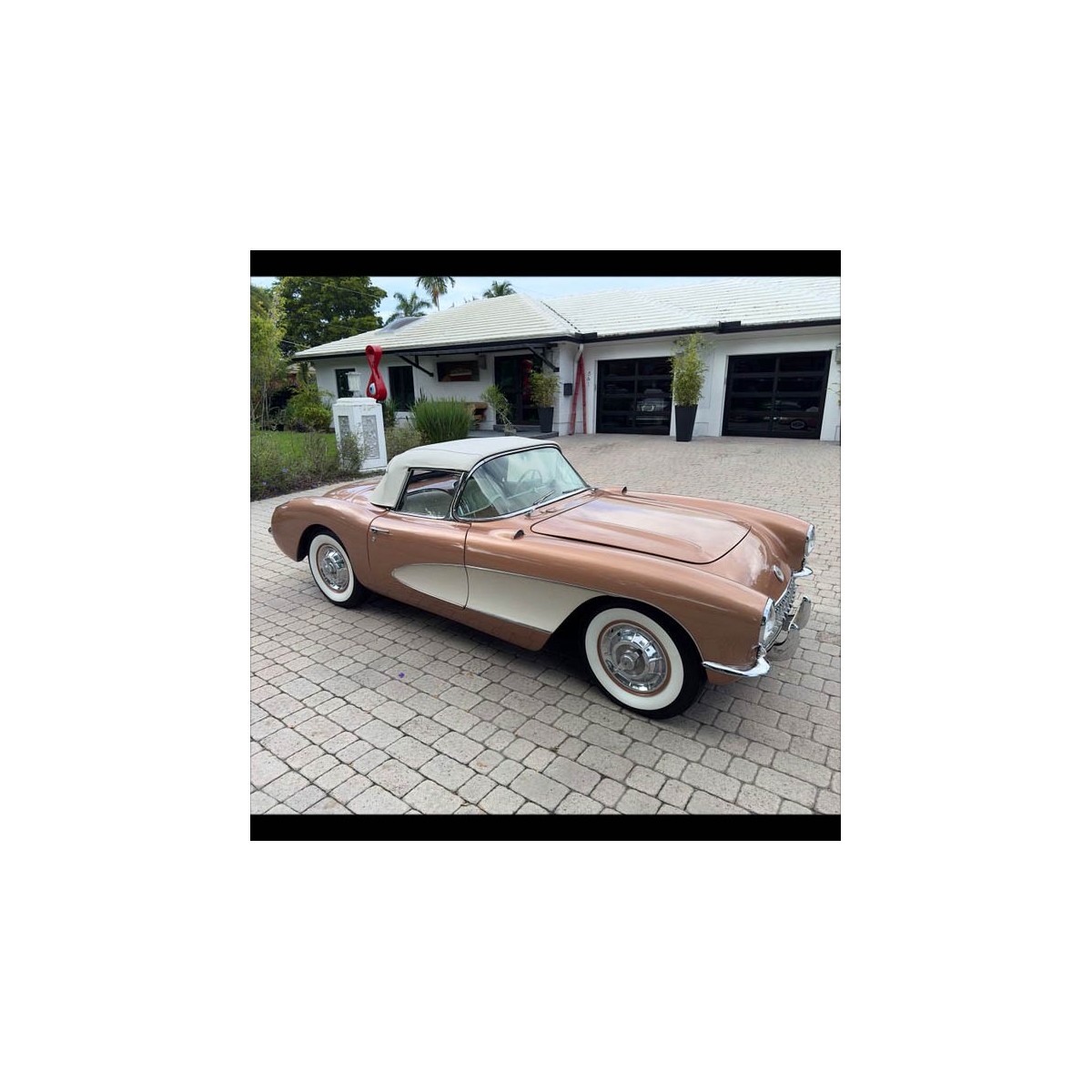

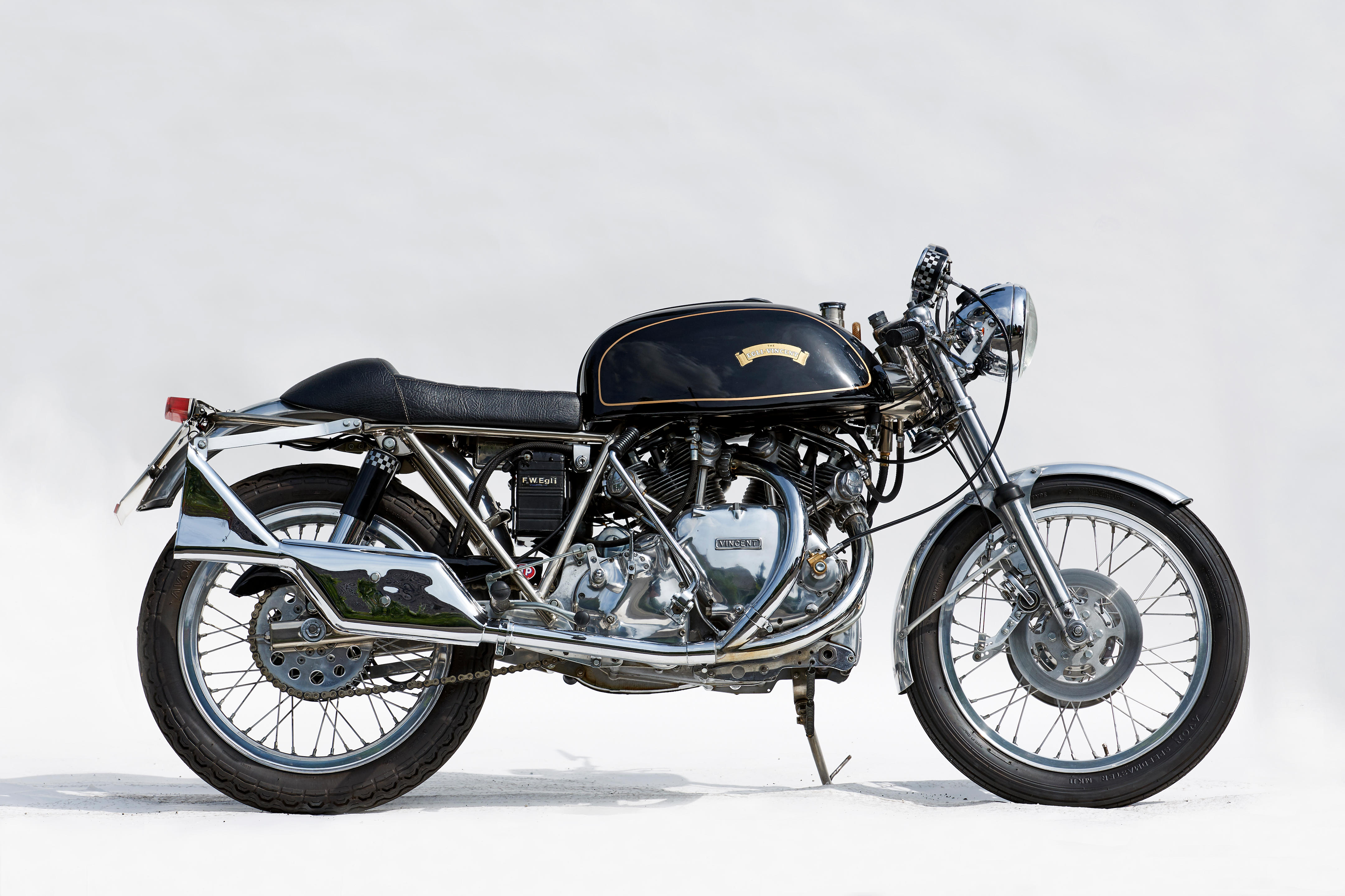
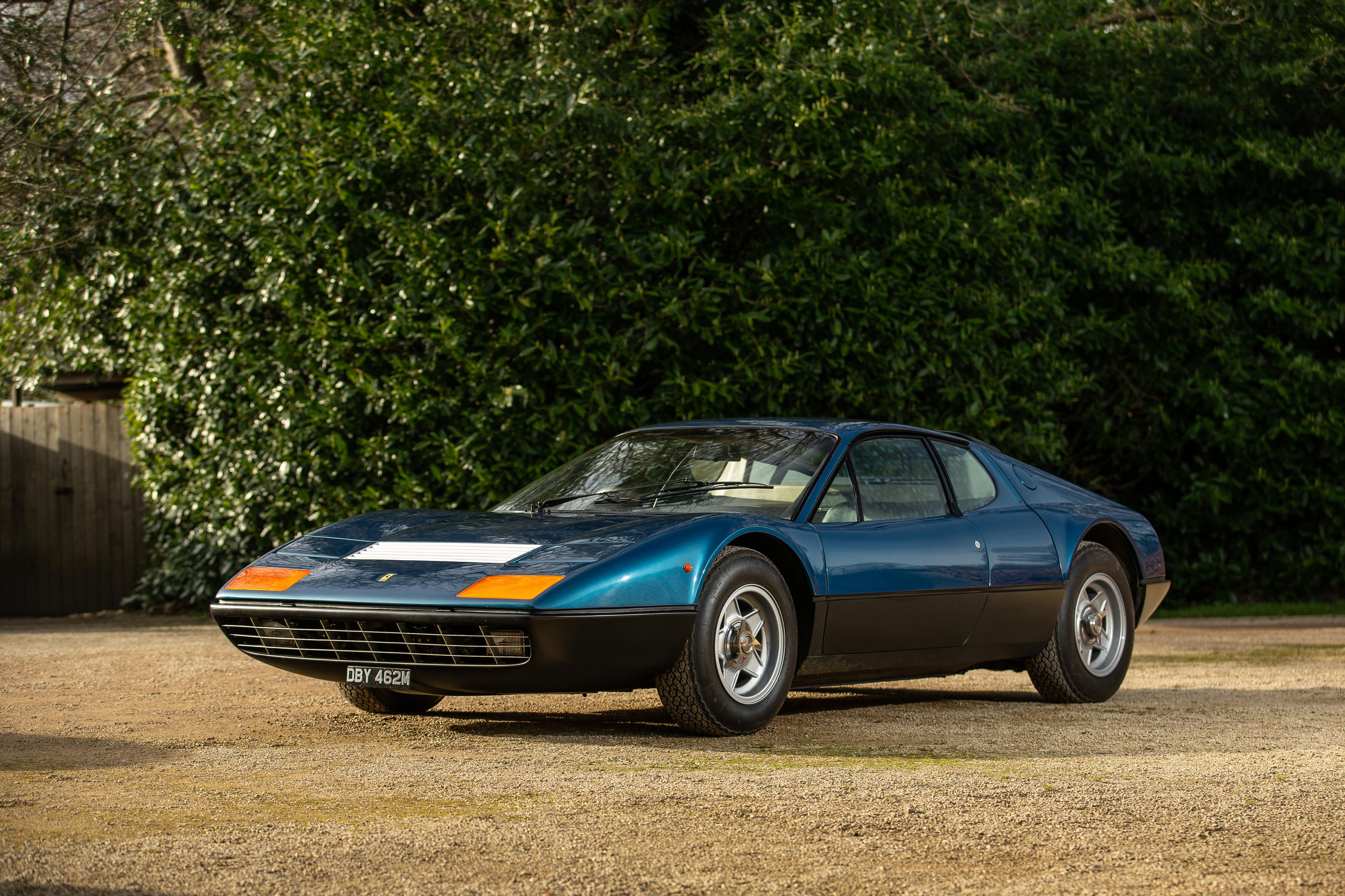

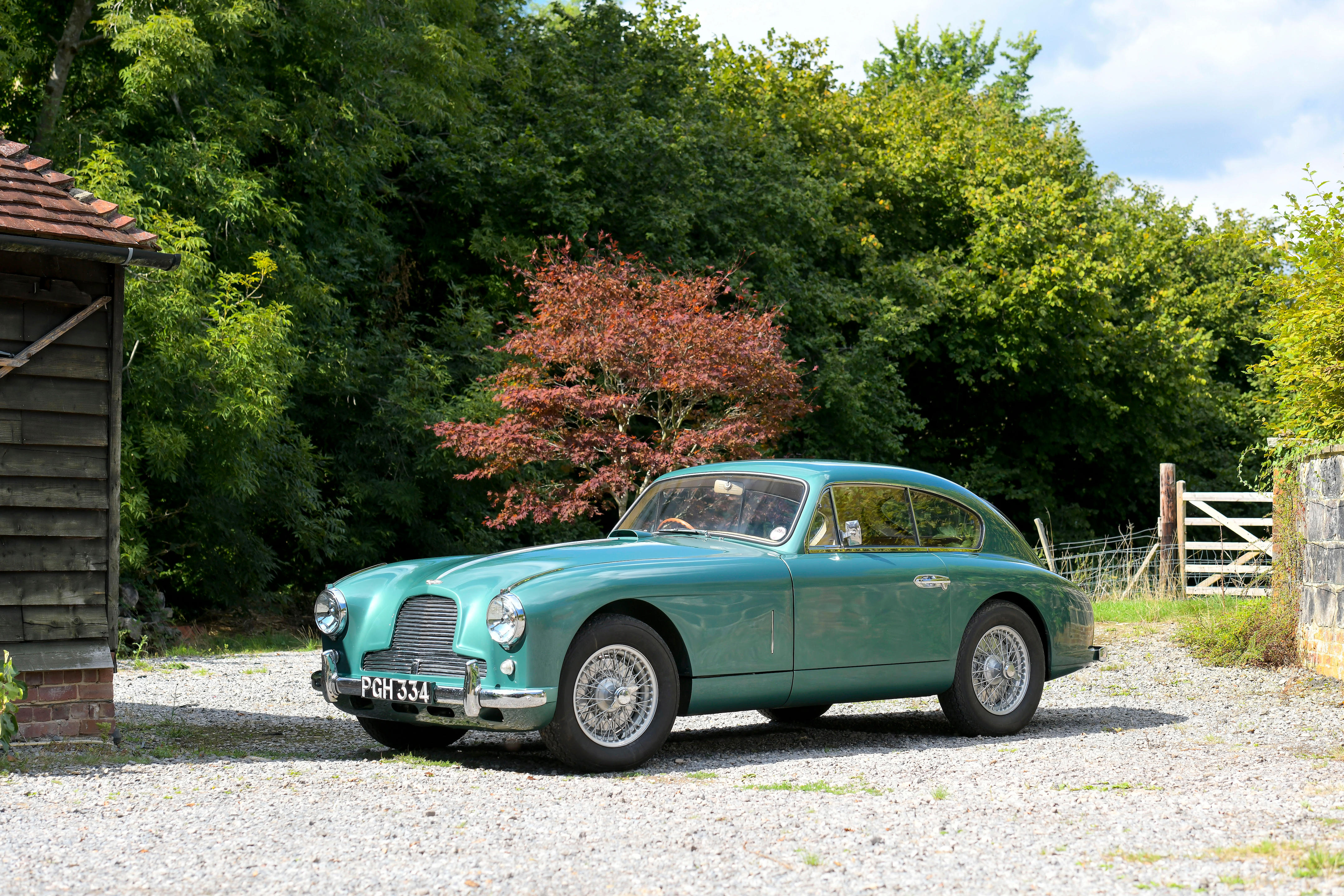
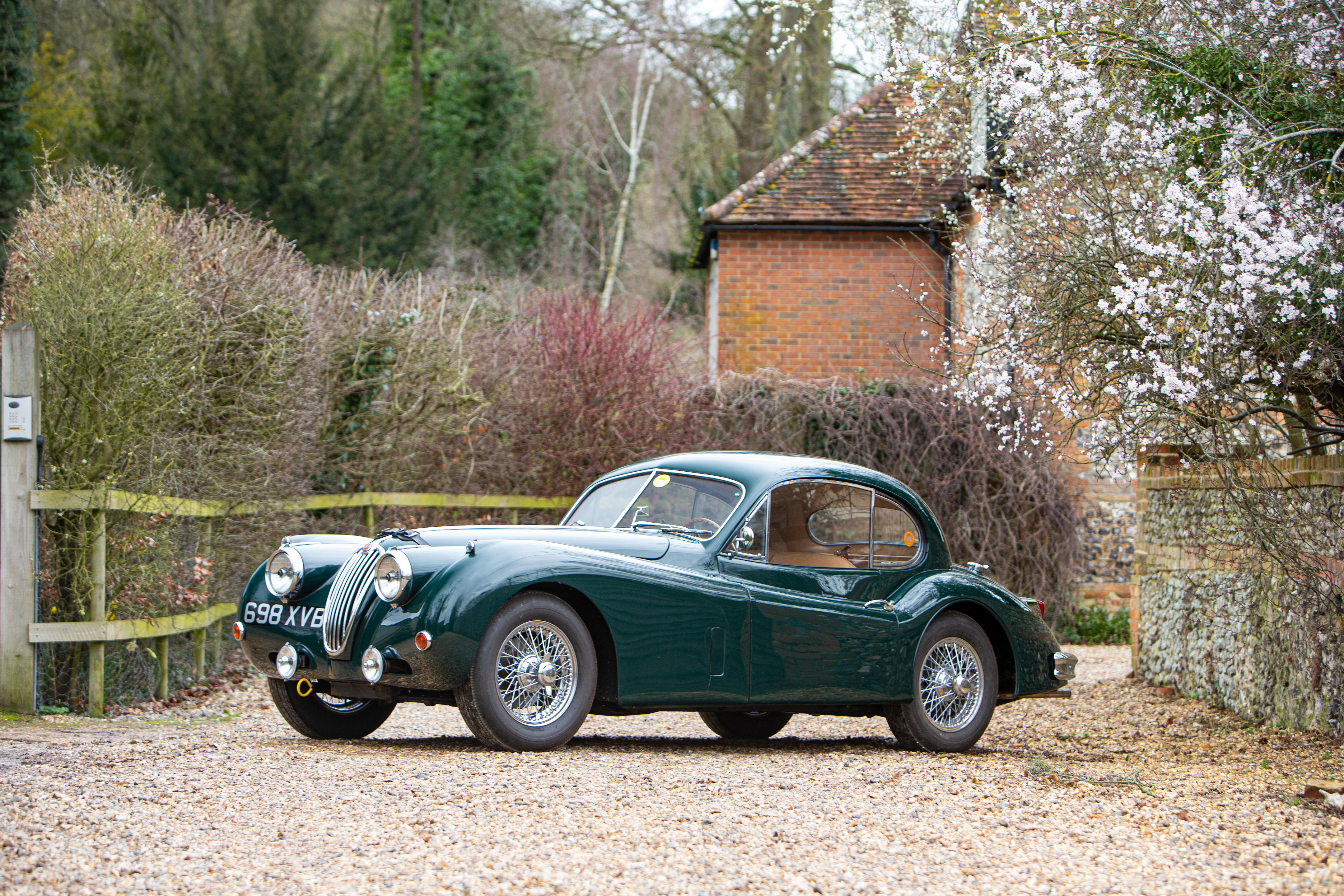
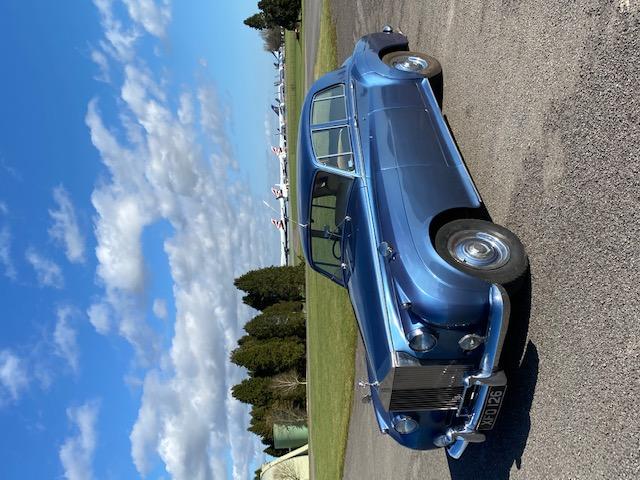
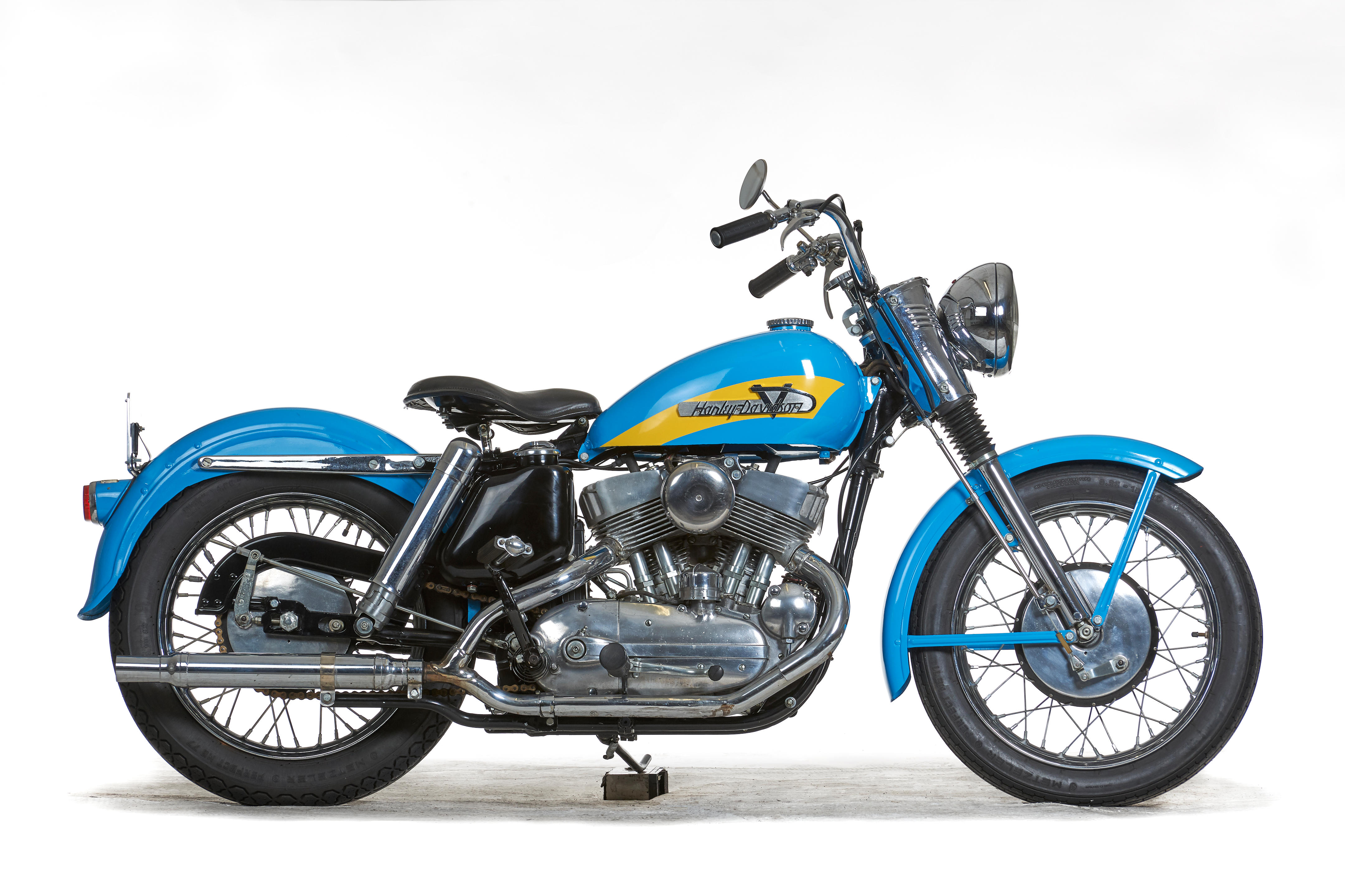

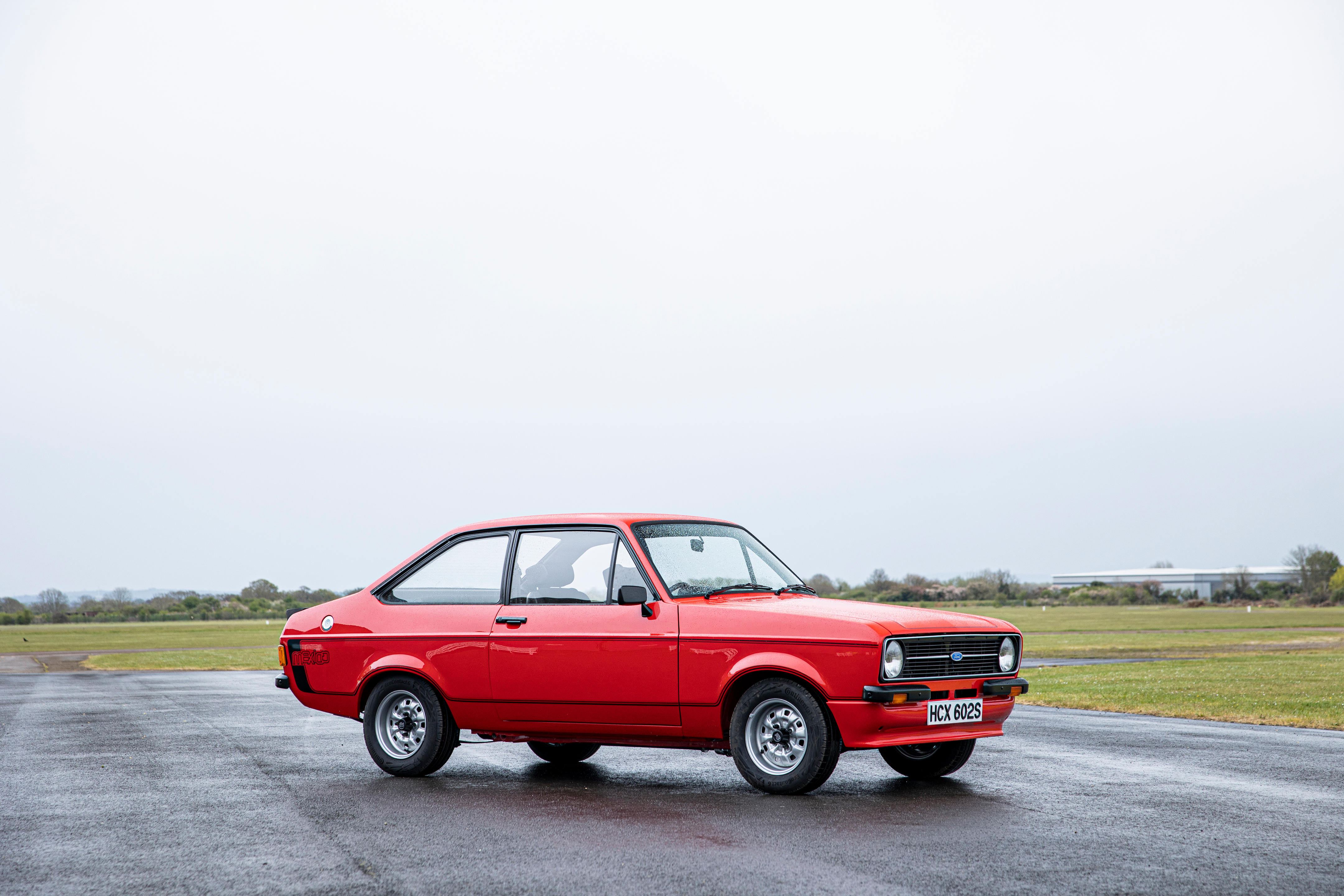

Testen Sie LotSearch und seine Premium-Features 7 Tage - ohne Kosten!
Lassen Sie sich automatisch über neue Objekte in kommenden Auktionen benachrichtigen.
Suchauftrag anlegen